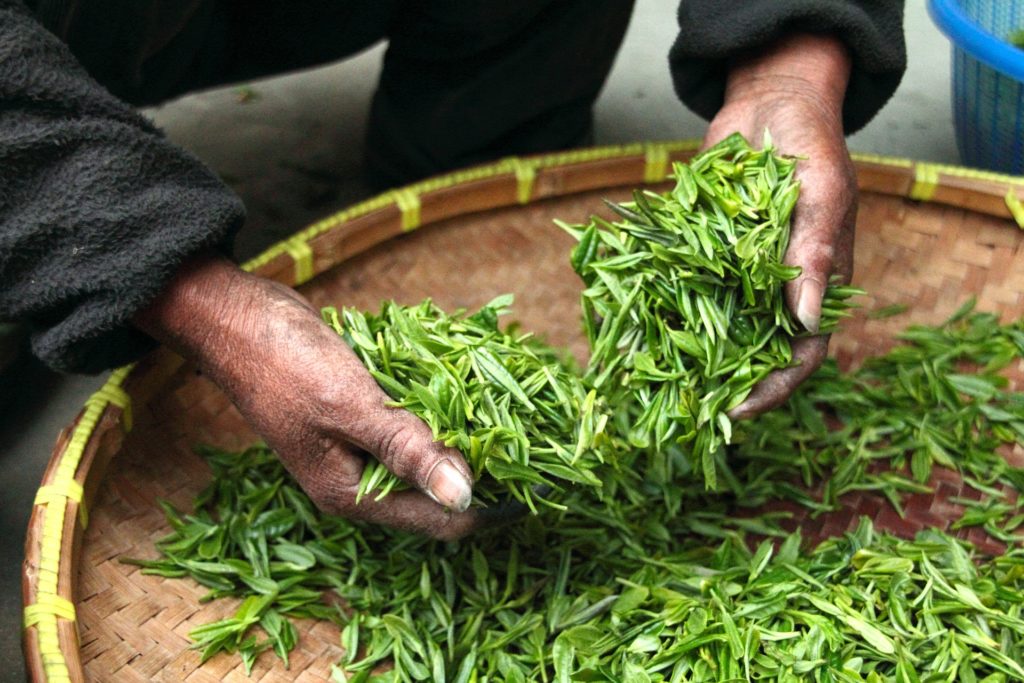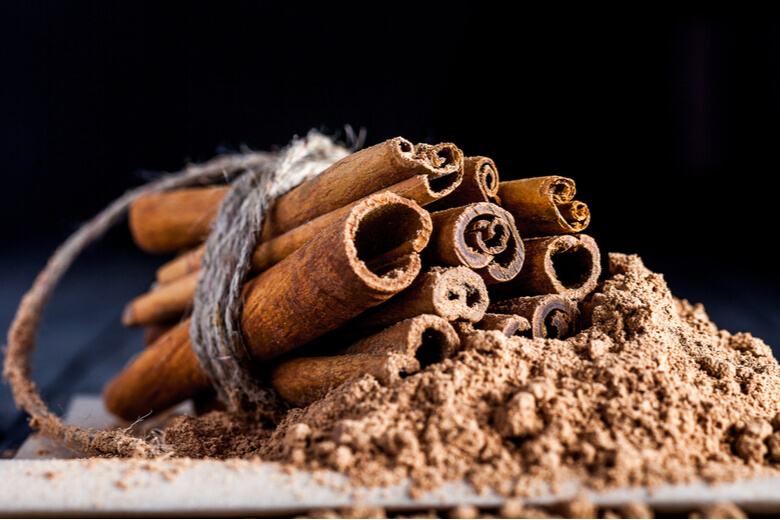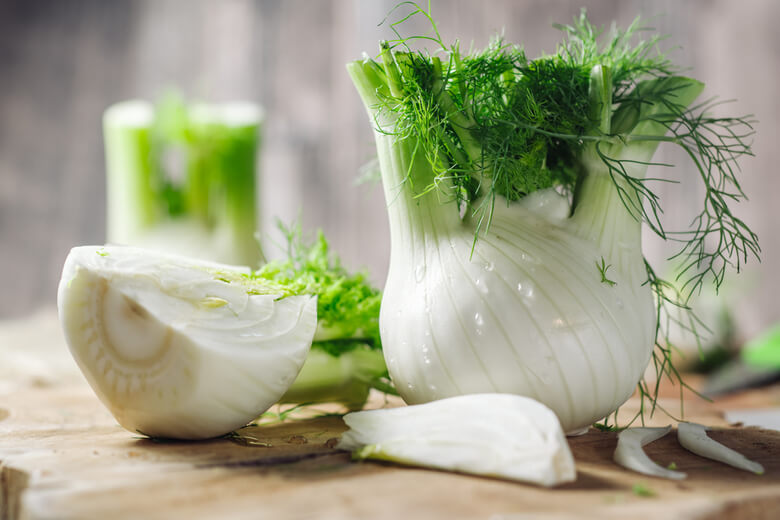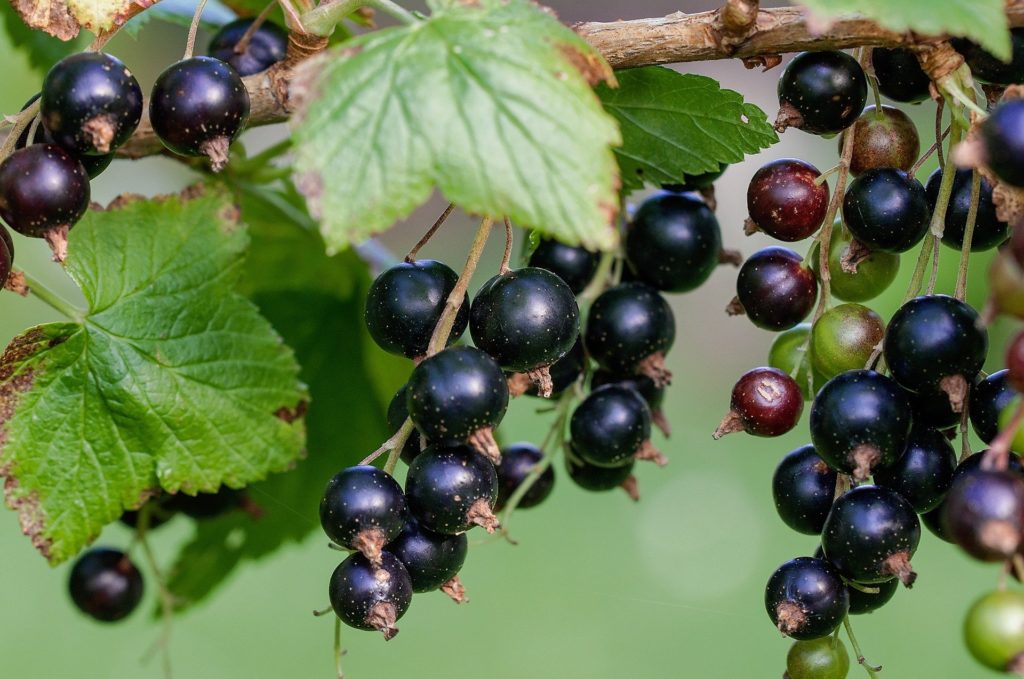Green tea is an essential plant for detox treatments!
The DETOX action of green tea is unanimously recognized and validated on the scientific level.
This justifies a development evoking this DETOX action.
Green tea
The tea plant (Camellia sinensis) is a shrub with pointed leaves and white flowers.For its common use the leaves are harvested and then fermented to obtain black tea, which is consumed as is (it is the second most important drink in the world after water) or flavoured with all sorts of perfumes.
For its therapeutic use, only the flower buds and the first two (young) leaves are harvested.
They are not fermented, but simply dried after picking, thus obtaining what is called green tea or virgin tea (it is the same thing) for herbalists.The active ingredients of the unfermented tea thus retain their full value.
There are more than 350 different components in green tea!
Without going into details, which are beyond the scope of this text, let us mention:
- Theine, an alkaloid specific to tea, close to caffeine, of which it has the advantages (tonic effect) without having the disadvantages.
- Other alkaloids: theobromine (present in cocoa, which has a beneficial effect on the nervous system) and theophylline (another stimulant, present in guarana or ginseng).
- Polyphenols with antioxidant properties.
- Flavonoids: theaflavin, thearubigin, anti-infectives.
- Tannins in large quantities, up to 25% of the total mass, which is enormous, specific to tea.
- An anti-mitotic active ingredient, epigallocatechol gallate, better known as EGCG, which has been the subject of clinical trials around the world for some years.
- Chlorophyll, a beta-carotene precursor to vitamin A.
- Several B vitamins: thiamine (B1), riboflavin (B2), niacin (B3, known as PP) and pantothenic acid in quantity.
- Vitamin C (ascorbic acid).
- Vitamin E (tocopherol, similar to wheat germ).
- Vitamin K.
- Many minerals, including:
- Potassium
- Copper
- Zinc
- Nickel
- Fluorine (tea is the 1st source of fluorine after sea water).
The nutritional richness of tea makes it a valuable drink.
Coming back to theine, it is an alkaloid very similar to caffeine in coffee.It has all the beneficial effects of caffeine that we know, especially in terms of stimulating intellectual capacity.It increases :
# Alertness.
# Concentration capacity.
# Alertness.
# Clarity of reasoning.
# Speed of thought.
But theine does not have the side effects of caffeine.
It doesn't make you angry, as is often said about coffee.
It does not prevent you from sleeping either.
Why this difference?
The answer is easy to understand: tea contains up to 25% of tannins, which is absolutely considerable.
Tannins, which are by nature astringent, slow down the intestinal absorption of the active ingredients in tea, including theine.The digestive metabolism of theine thus lasts several hours, unlike that of caffeine which is immediate, as soon as the stomach is emptied.
The tannins in tea regulate and harmonise the tonic effect of caffeine over time.We can say that theine is a caffeine with a delayed effect.
Currently, throughout the world, numerous scientific studies and serious clinical experiments are aimed at showing the undeniable properties of green tea in the prevention of cardiovascular diseases.
It is certain (evidence) that the consumption of green tea considerably reduces the risk of myocardial infarction, stroke and arteritis of the lower limbs.
It is the polyphenols and flavonoids in green tea that have a specific action on the non-oxidation of lipoproteins suspended in the blood, both bad LDL cholesterol and triglycerides.
Green tea avoids the oxidation of these lipoproteins, thus preventing their deposition and fixation on the internal wall of the arteries, source of all the ills in that they generate the atherosclerotic process.
It can be said that green tea is:
- Hypocholestérolémiant
- Hypotriglycéridémiant
- Hypolipidemic
Green tea is the natural complement to any diet aimed at significantly reducing cholesterol levels, as part of a strategy to prevent cardiovascular accidents.
Green tea helps the body burn calories in its sleep
Theine, like all alkaloids (including caffeine) also promotes thermogenesis.
Thermogenesis is the production of energy necessary for the body to function, either by anabolism by burning the fuel provided by food, or by catabolism by burning the reserves of sugars (glycogen stored in the liver and muscles) and fats (triglycerides stored in the adipocytes of cellulite).
These energy requirements of the body are comparable to those of a car.The engine needs fuel to run.
So does the body.The only difference is that when a car is stopped, with the engine turned off, it does not consume any more energy, whereas the organism at night, when we are sleeping, continues to have a vital need for energy.
But during sleep, we do not consume any food, so we draw from our reserves to ensure our vital functions.
While we sleep, our energy needs (what is called the basic metabolism) are multiple.
During the night:
- our heart continues to beat,
- our blood circulates, we breathe,
- our kidneys continue to filter the blood,
- our brain works (dreams),
- our hair and nails grow,
- our tissues regenerate, etc.
And all this by drawing on our reserves at the end of the digestion of our evening meal, once the food has been assimilated.
To lose weight while sleeping, there is a solution: we must increase thermogenesis, i.e.increase fat burning beyond the needs of the basic metabolism.
Thermogenic substances are those that allow us to burn more calories even during our sleep at night.
This is precisely the case with green tea, which also contains a lot of tannins, which has an important consequence: it slows down and delays the intestinal assimilation of sugars and fats contained in the food.This is beneficial for weight loss because the final number of calories absorbed is reduced by the action of these tannins.
Green tea also contains a polyphenol called EGCG (epigallocatechol gallate) which is a powerful antioxidant that protects the body's cells against the destructive action of free radicals.
This immunostimulant action of green tea gives it a decisive role in the prevention of microbial and viral infections.
Green tea is a very useful plant in a DETOX protocol thanks to its multiple functions: slimming (mainly), tonic, diuretic, thermogenic, immunostimulant...
In all circumstances where DETOX is a key element of a slimming programme, green tea works wonders.
















